52 Weeks of Inspiring Illustrations, Week 36: the Gelatin Silver Print
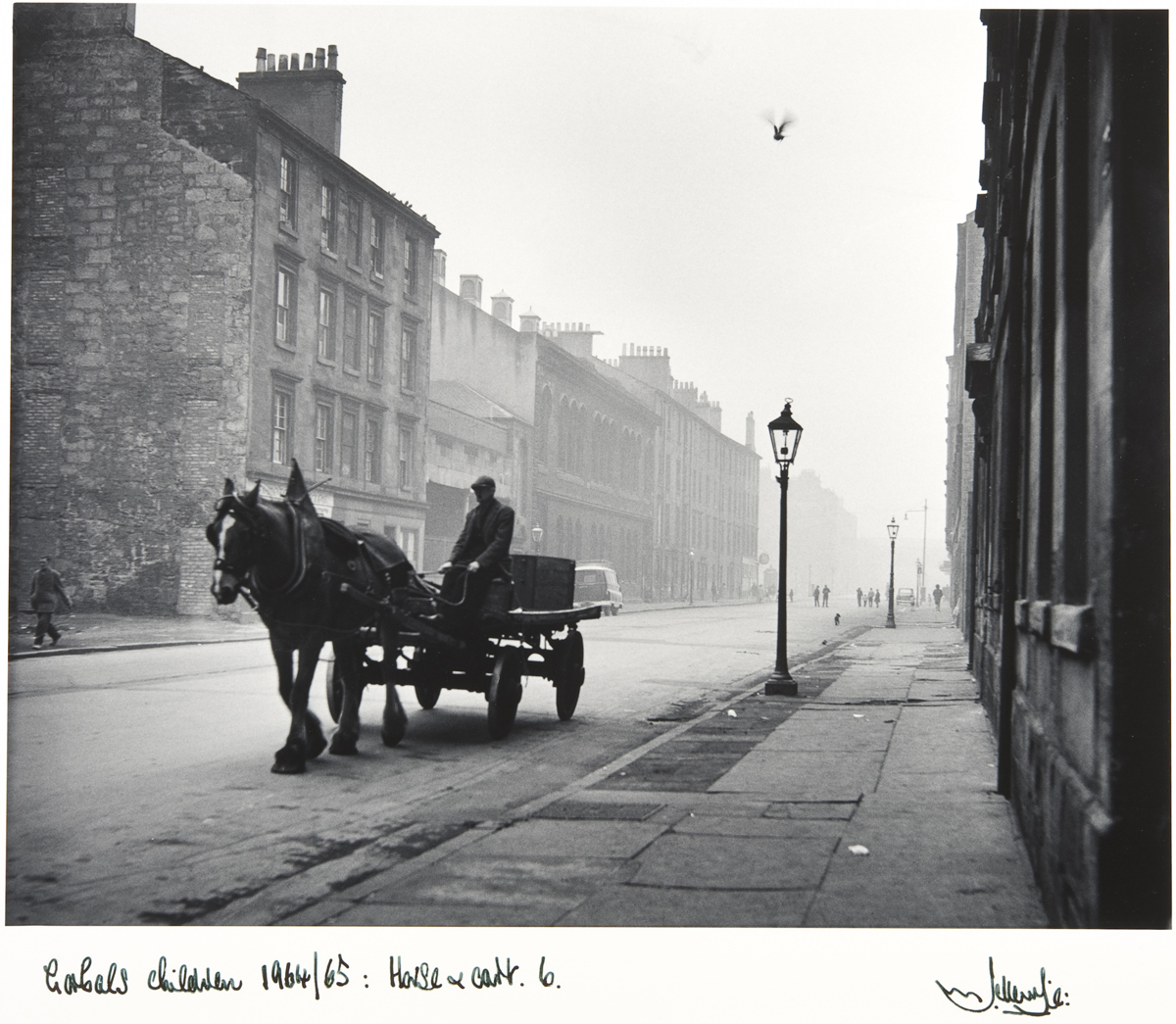
The medium of the Gelatin Silver Print was developed (no pun intended) in 1873 and was in general use by the 1880s. This type of photographic print is synonymous with what is quintessentially portrayed as black & white photography in films such as ‘Blow Up’, ‘The Public Eye’, ‘Salvador’, and ‘The Road to Perdition‘. Prior the digital era, the ‘GSP’ was the medium on which black and white negatives were enlarged, printed and developed in traditional darkrooms under the glow of the tell-tale red ‘safe light’.
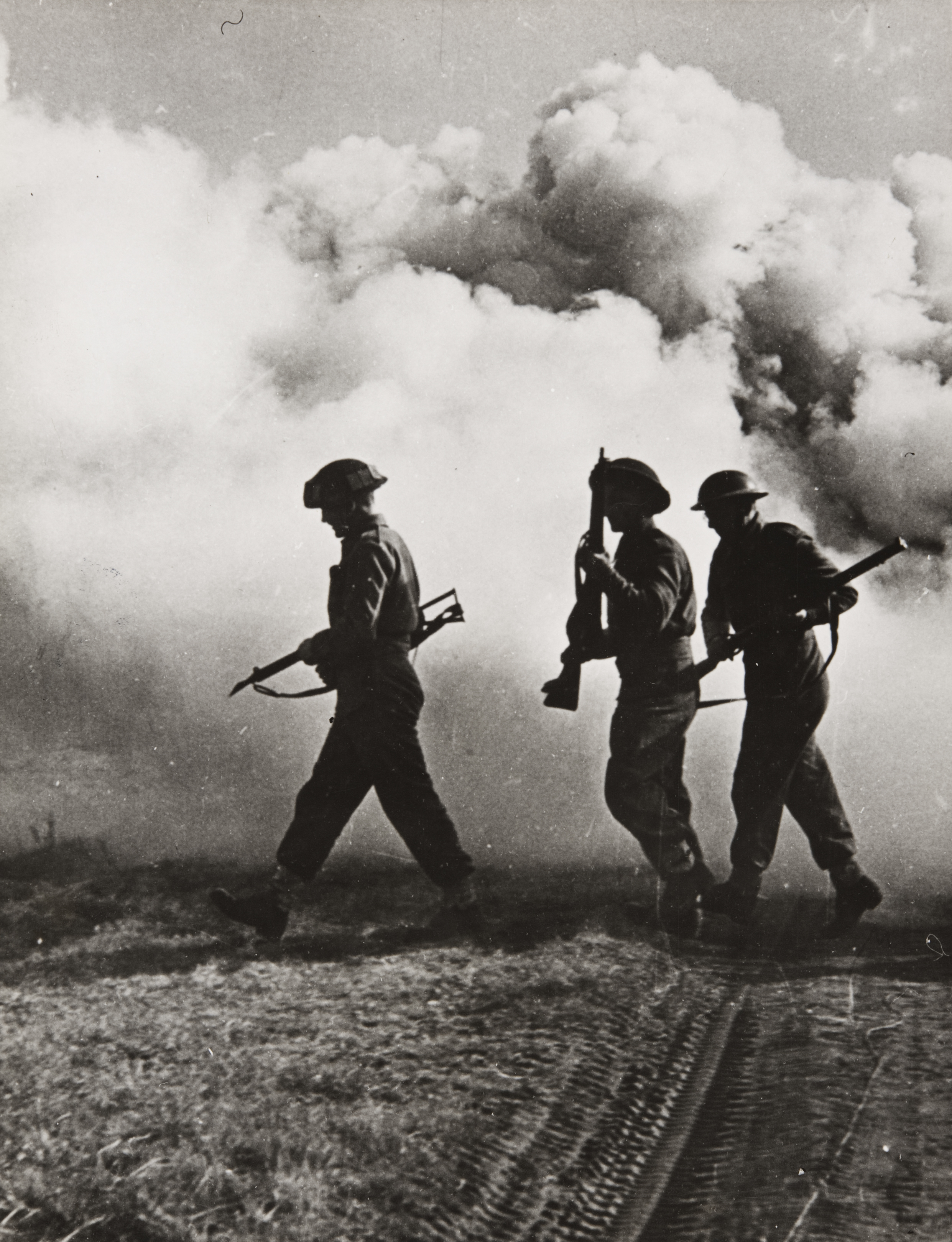
Although there are certainly individuals who continue to use this commercially outdated medium (others also still create daguerreotypes!) it is often retrospectively associated with photojournalism, social documentary photography, art photography, portraiture, and family photographs from the early to the latter half of the 20th century. The gelatin silver print was the medium of choice of many famous photographers. Wegee, Catier-Bresson, Capa, Karsh, Kertész, and scores of lesser known photographers, as well as countless students of the medium learning their craft, laboured in small darkrooms filled with chemical vapours, bringing latent images on photographic paper to life and preserving them for others to see and react to.
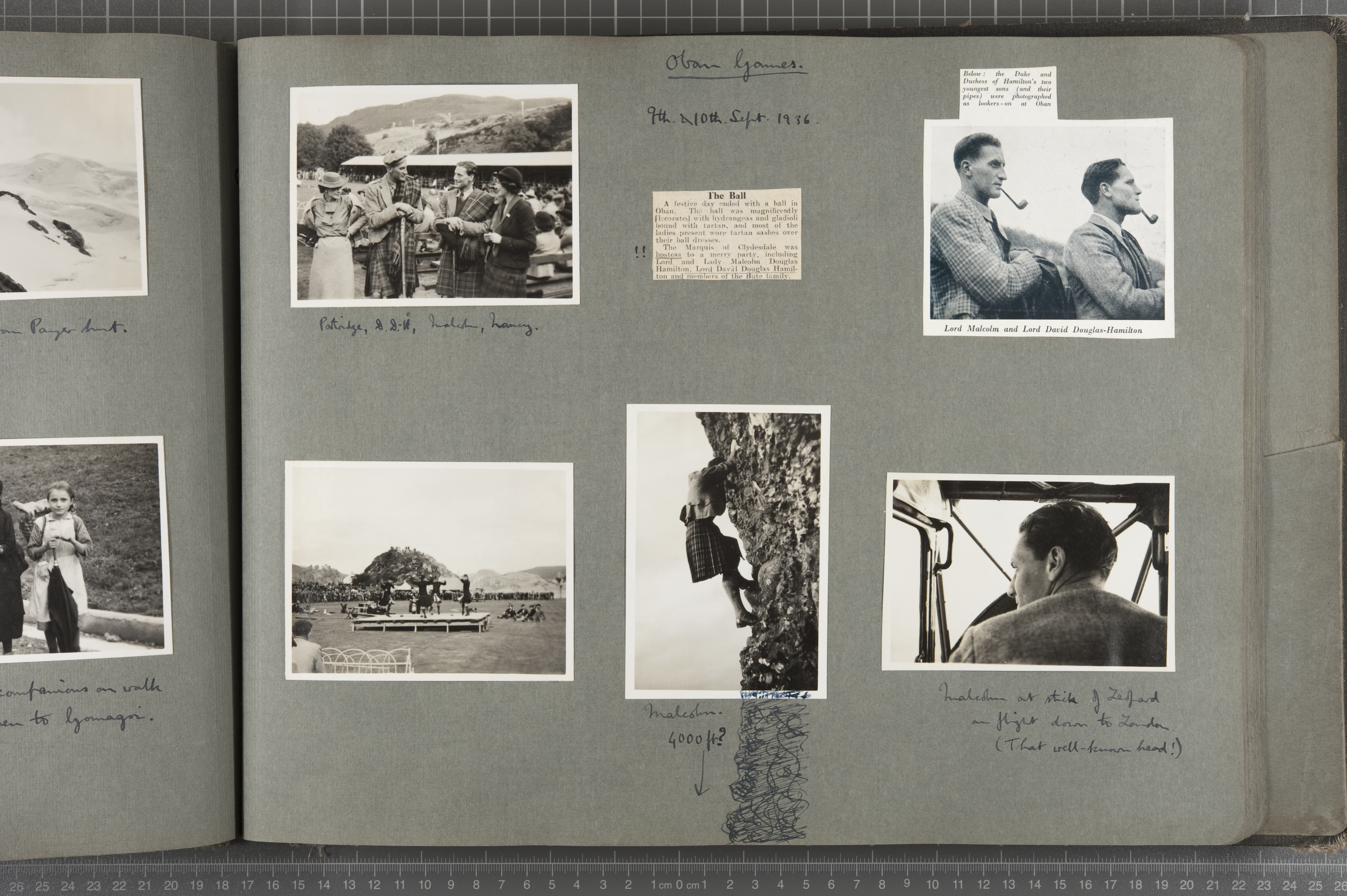
There are many examples of practitioners who would contact print onto gelatin silver paper from large format negatives, which was an exquisite craft practiced by only the most dedicated. A few personal favourites of this method of production would be Yousuf Karsh (a large print of J.F.K. is held in our collection but we cannot feature it due to copyright restrictions), Emmet Gowin, Hiroshi Sugimoto, Paul Caponigro, but to name a few. The detail and tonal rendition provided by contact printing large format negatives in combination with the precision of focus and depth of field available to large format cameras produces lush and endlessly nuanced gelatin silver prints. Anyone looking at an 8×10″ or 11×14″ contact print will be transfixed and transported into the photograph’s subjects or the textures reproduced by the medium.
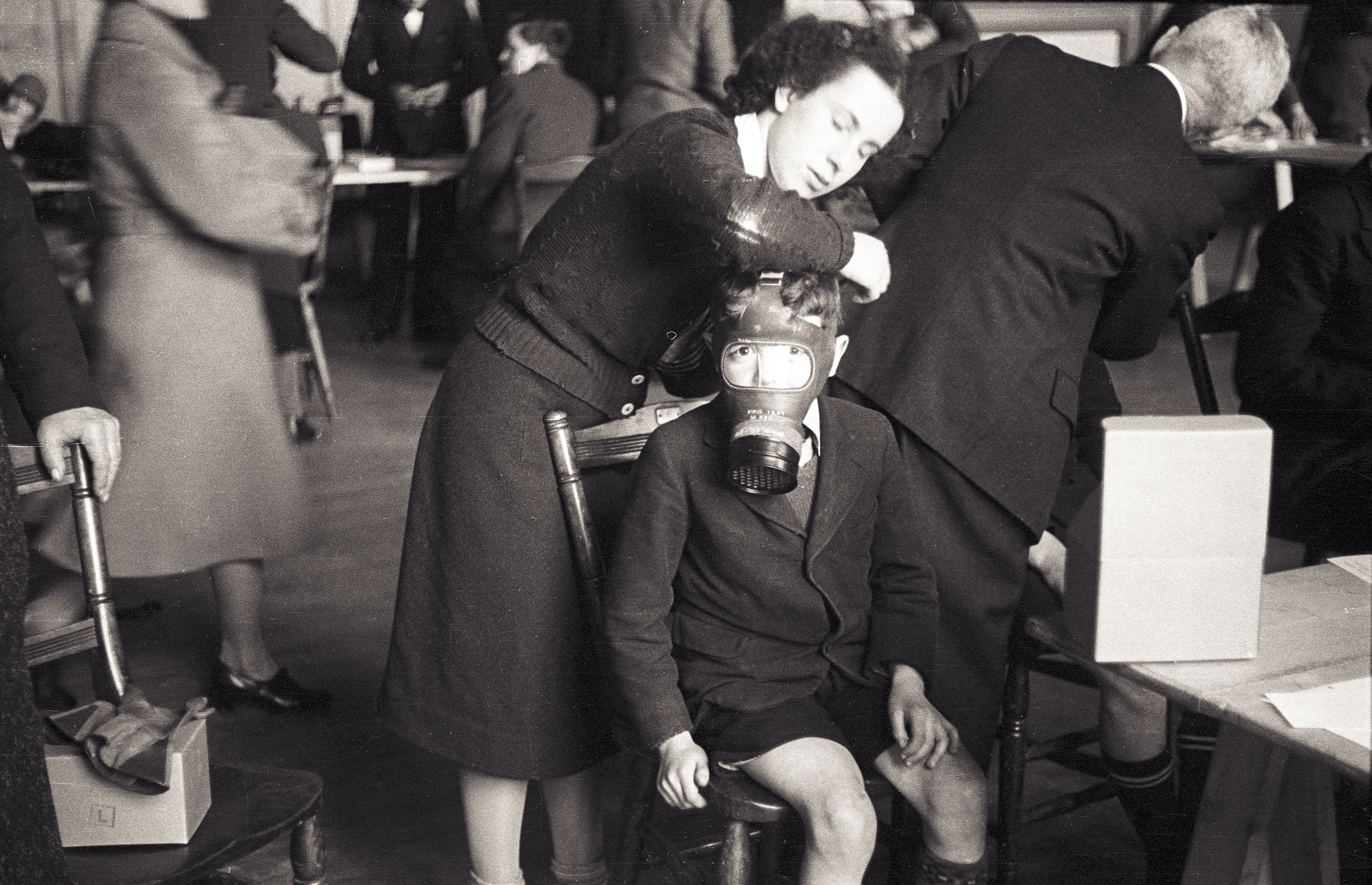
My love of the detail and gorgeous silvery grey tones of gelatin silver contact prints aside, it is my opinion that the true calling of the gelatin silver print is to be found in its relationship to enlargers. Any sized negative, from a piece of 8mm spy camera roll-film all the way up to 11×14″ sheet-film can be enlarged. The results historically have varied in size from intimate photographic jewellery all the way up to awe inspiring murals. The scale of enlargement from the negative to the print have a direct impact on the detail visible in the final print. In short, the smaller the negative the less detail is discernible when blown up and vice-versa.
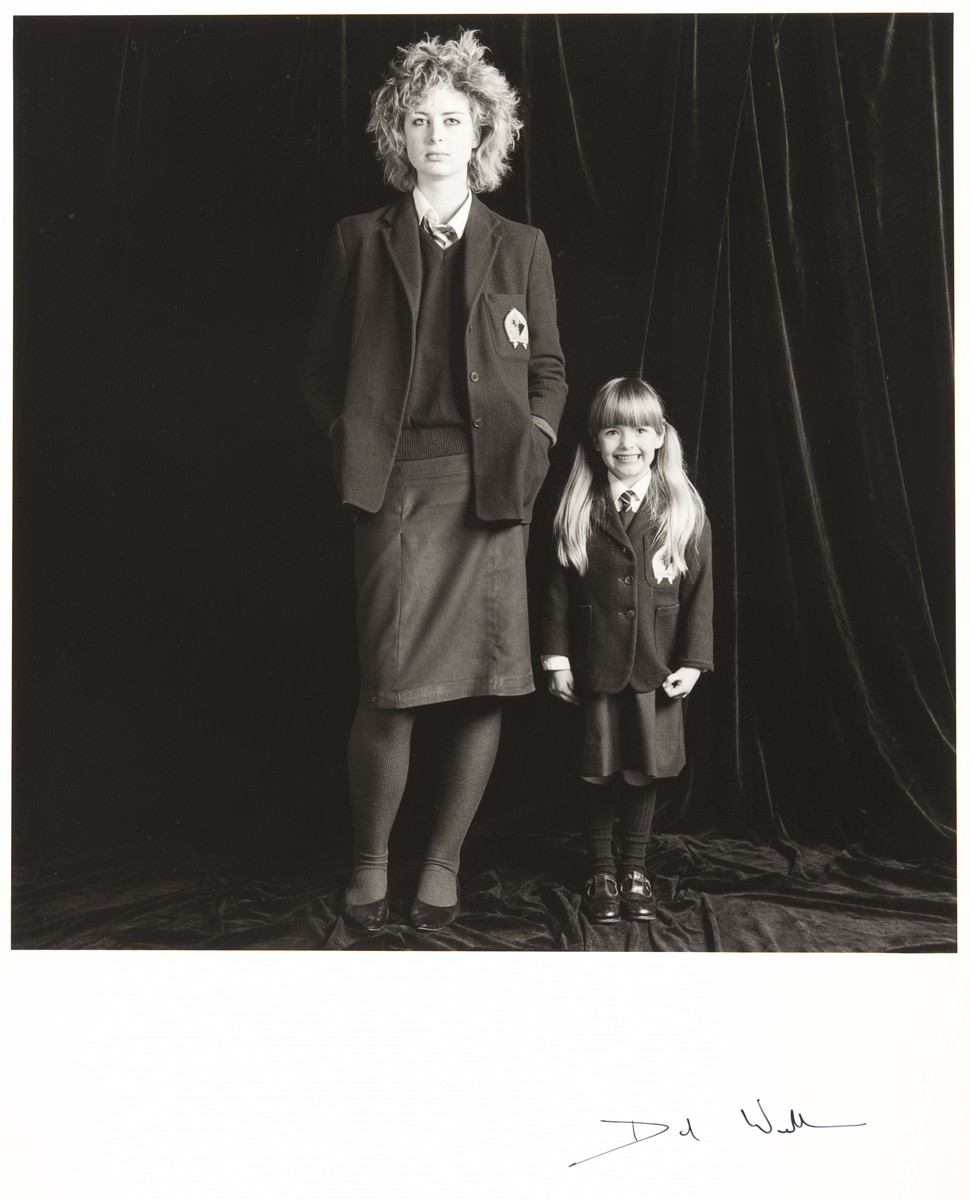
However, detail is not everything! More to the point, I believe that photography’s greatest trait for much of the twentieth century, was that of its portability, ease of varying perspectives, spontaneity and the access to subjects made possible by the use of small cameras. Thanks to the technology of enlarging, the roll film negatives used in small hand-held cameras could be transformed into much larger works which could be appreciated, scrutinised and disseminated by all the venues, devices and media which photography permeated.
Henri Cartier-Bresson is often (perhaps too often) associated with the term the ‘decisive moment‘, but other key photographers of the 20th century who were trailblazing the medium also coined expressions which highlighted the documentary role of photography: ‘F8 and be there’ – Garry Winogrand, ‘If your pictures aren’t good enough, you’re not close enough’ – Robert Capa, ‘It is always the instantaneous reaction to one’s self that creates a photograph’ – Robert Frank, ‘Available light is any damn light that is available!’ – W. Eugene Smith. Each underlines the importance of the immediacy of photographic capture and being in the right place at the right time.
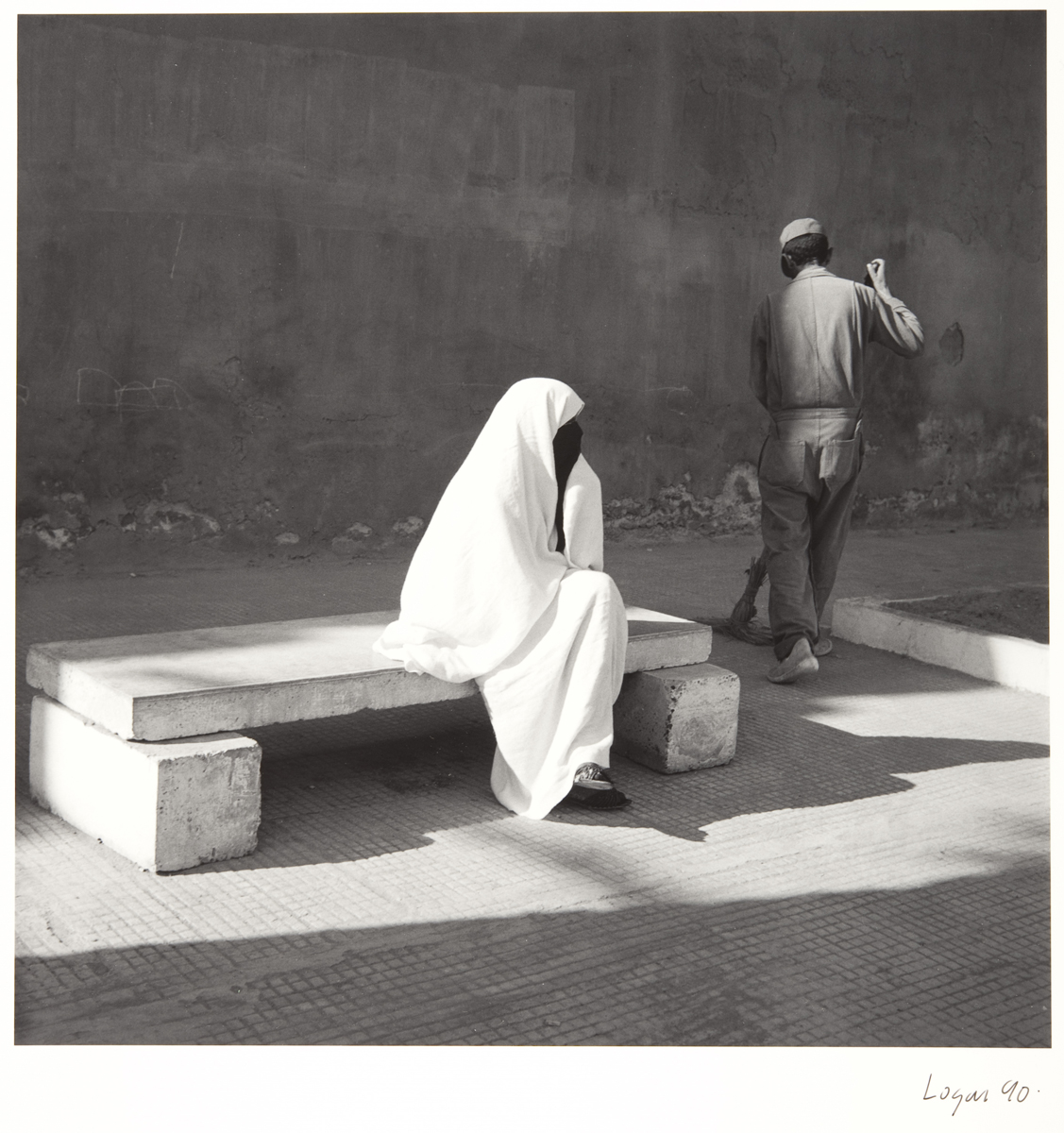
I couldn’t give a precise number to how many gelatin silver prints are in our Photographic Collection, certainly hundreds of thousands! What I can say is that each is unique, was created for a specific purpose, some are exciting, others less so depending on your perspective, some were only printed once, others were printed thousands of times. This is the blessing and curse of an inherently reproducible medium.
–MB
[...] ‘Horse and Cart, Gorbals’ by Joseph McKenzie, 1964-1965. [...]
[...] been described using more standard terms for each process including: collotypes, photogravures, gelatin silver prints, halftone / letterpress, duotones, as well as the Kallitype / Van Dyke [...]